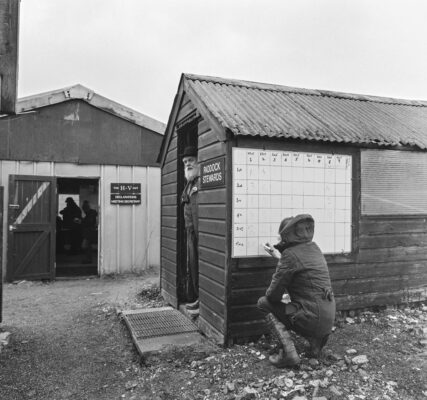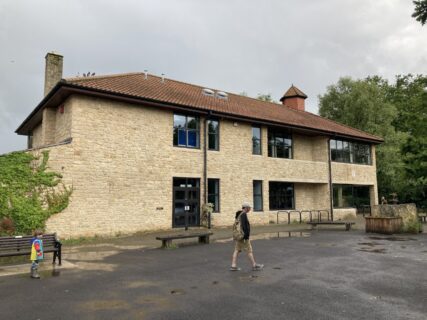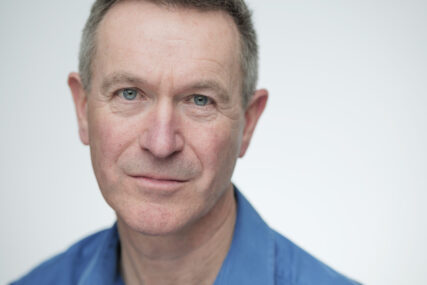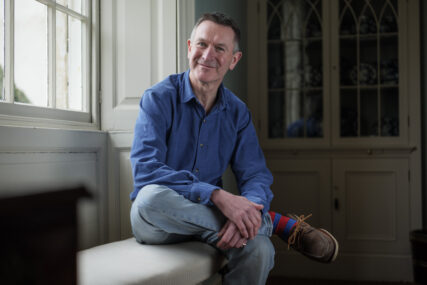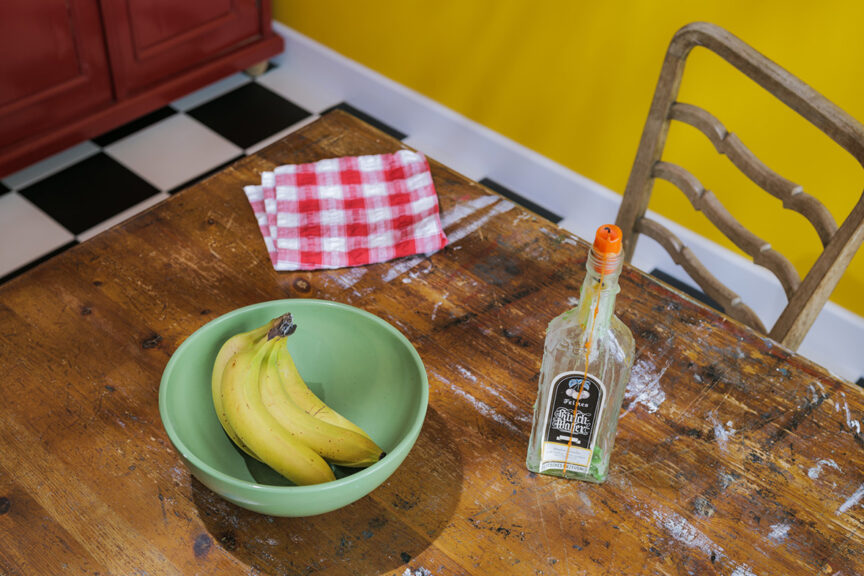Another from my occasional series offering hints, tips and advice on video.
Sound vs Vision
Do you have any idea how important sound is to a successful video?
It’s one thing to have great visuals and a compelling storyline, but the one thing that will push your audience away is poor sound.
Ask any decent videographer and they’ll tell you this. More important than picture quality, is the quality of sound.
Now I’m no sound engineer, but I have built up enough basic understanding to know how to organise a video shoot to get the sound quality my clients need. That’s even when they don’t know what they need. Mainly that involves not allowing interviews to happen right next to a road drill. It means knowing when to use a boom mic, when to use a lav mic etc.
One of the first things I learned was to get the mic as close as possible to the sound source. That means those little shotgun mics you see mounted on cameras, well they’ll do an ok job. But if you really want to hold audience attention, nothing beats a close mic on the speaker.
Sound Analogy
In this way, I find it easier to think of sound and microphones in the same way I think about light and studio flash. By placing a flash close to the subject I can more easily control the balance between flash and ambient light (that is, daylight or room light).
Similarly, bringing the mic closer to the subject captures more of the speaker’s voice, less of the background noise. With sound it’s then easier to mix in ambient sound from a separate recording of the space if needed. It’s not a perfect analogy, but it helps.
Terminology
I don’t wish to bog you down in the complexities of sound capture, but it’s worth understanding a couple of basics. Why, as a client, would you need to know this stuff? Well it’s so when I talk to you about where best to shoot an interview, you have an understanding of what I’m thinking about and why certain options might be ruled in or out.
Depending on the space and its ambient noise, there are some basic choices to start with. First will be location. Of course this might be dictated by what the visuals demand, but wise choice of microphone will help eliminate the issues a particular location might have.
There are a few different types of mic, and the below are the ones I use:

A pencil condenser mic will give the best result for indoor interviews
Lav mic. For outdoors, lav mics work pretty well. A lav (aka lavalier, or lapel microphone) clips to the lapel. They’re designed to pick up as much voice as possible, ignoring background noise, but they’re not perfect. I have a couple of lav mics for when I need two people on sound.
Boom mic. A boom mic is a long, slim microphone that sits on the end of a boom arm. Sometimes shielded in a blimp (one of those Zeppelin-looking things, sometimes covered in fur), a boom mic is designed to pick up sound from a very specific angle and is best for outdoors use when conditions permit. It’s a bit like how a telephoto lens is designed to narrow-in on a scene. I have one for when the need arises. In fact it was the first mic I used regularly because they can be picked up quite cheap.
Pencil Condenser mic. My personal favourites. These look like stubby boom mics (see photo). They can have a variety of ‘fields of view’ depending on their internal design. For reasons of sound physics (ie something I don’t understand well enough to explain), they work better indoors than boom mics. I have two of these as I prefer them to lav mics and they’re great for two-person interviews.
A Trunk Full of Sound
Now a proper sound engineer will have a suitcase full of microphones. Many of each variety, more than I’ve mentioned above, and duplicates of each in case of technical failure. They’ll have mics which will have cost £thousands because they need the best quality and longevity. Consequently, for the services of a sound engineer, expect to pay a hefty price. It’s not unjustified, but it’s more like Hollywood budget than SME marketing funds. By contrast, I have more than my average client needs, but nothing like the quantity or quality of a full-on sound engineer.
My aim with sound is to make sure my clients get better than they thought they needed because THAT is what will hold audience through their video. And if getting people to watch your video to the end isn’t your goal, what is?
Real World Example
As a real example of the challenges faced by the videographer tackling sound, the video below was recorded in a very echoey space with noisy engineering works going on next door. Setting the mic as close as possible to the sitter helped with the worst of it, but now I have better mics and more experience, I’d do an even better job today!
For more examples, see my Video page. Or just to have a chat about whether I can help with your next video project, drop me a line.



